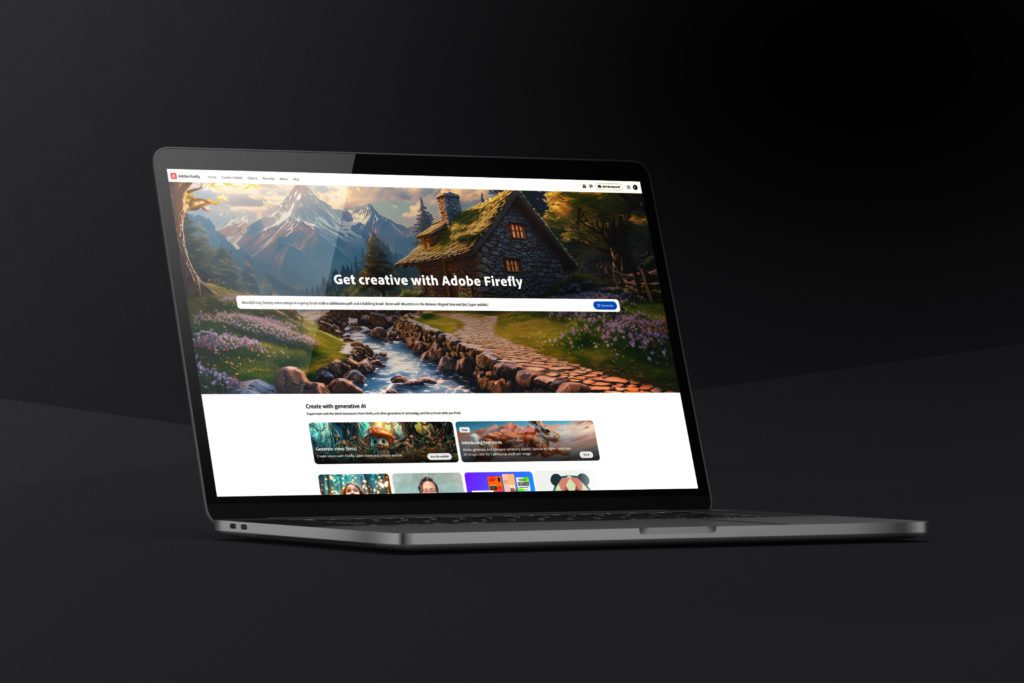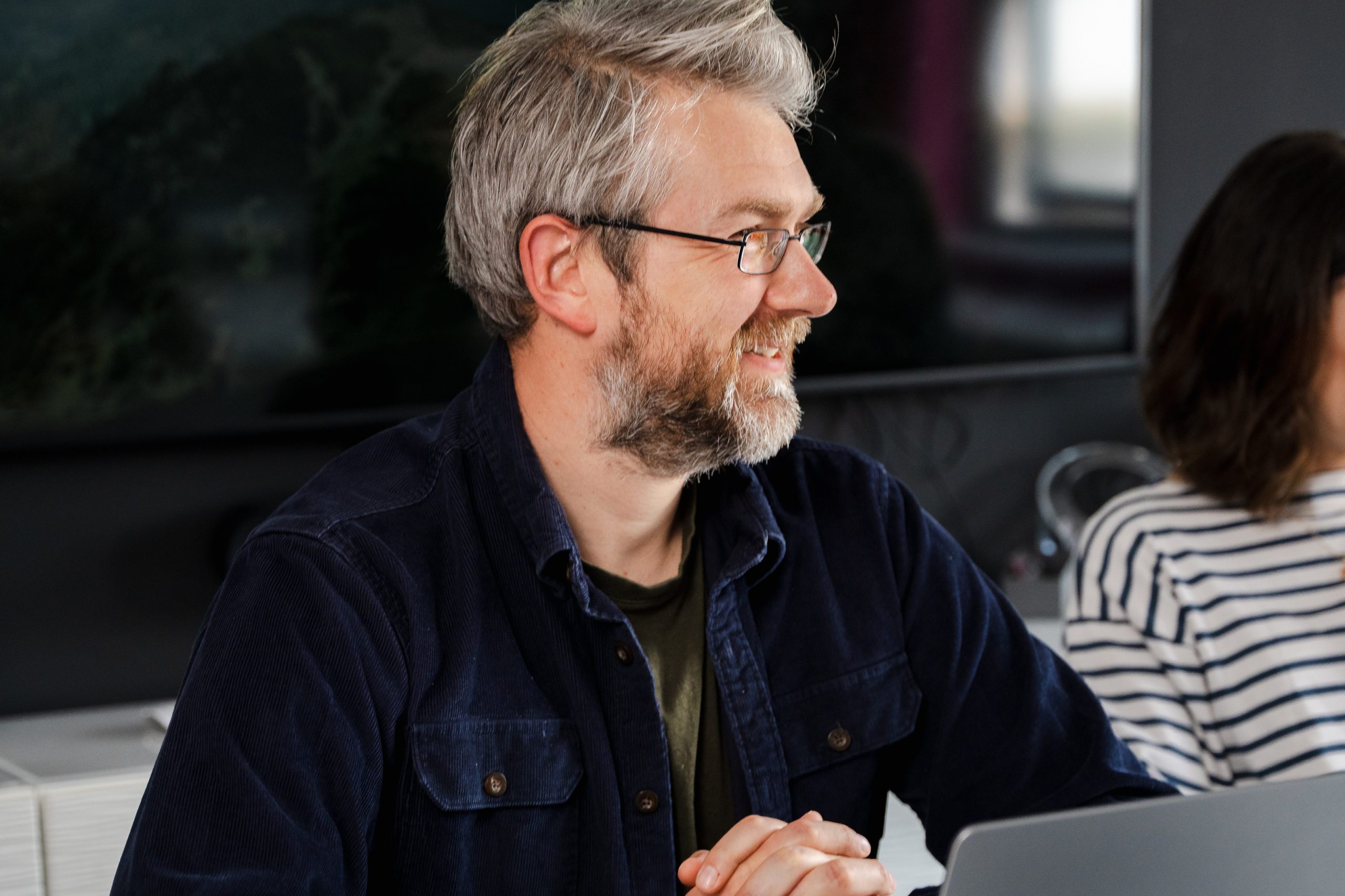AI-Powered Design Tools: How Artificial Intelligence is Shaping Branding

Artificial intelligence (AI) is no longer a futuristic concept; it’s a tangible force reshaping the contours of branding and design. From accelerating creative processes to enhancing customer experiences, AI is proving to be a game-changer for businesses across industries. While AI offers significant advantages, it’s important to remember that it’s a tool, not a replacement for human creativity.
Concerns about AI replacing designers are unfounded. The most successful approach is a collaborative one, where designers leverage AI to enhance their skills and create even more impactful brand experiences. Human creativity, emotional intelligence, and analytical thinking are still crucial for success in branding. Let’s see how designers can embrace AI as a tool to enhance their work rather than viewing it as a threat.
AI and Human Collaboration
One of the most significant impacts of AI on branding has been the acceleration of the creative process. Design tools powered by AI, like Adobe Firefly, Designs.ai, and Midjourney, are automating basic tasks like image generation, repetitive edits, and layout suggestions. This newfound efficiency frees up valuable time for designers to focus on the strategic aspects of branding – the big-picture thinking that truly sets brands apart.
Some big picture stuff AI helps with is analysing user data and preferences to tailor branding elements like logos, colour schemes, and advertising content to individual consumers. Tools like Canva and Pixlr leverage AI to further this personalisation, automating image optimisation for different platforms. This level of personalisation can deepen connections between brands and customers, driving engagement and loyalty.

Consistency and Growth
AI is a steadfast guardian of brand consistency. It automates the adaptation of designs across various platforms, ensuring a unified brand identity. Advanced image editing tools powered by AI, like those found in Adobe Photoshop, can also ensure design consistency by taking care of repetitive adjustments like colour correction and background removal. This streamlines the design process and reduces the risk of brand dilution.
But AI isn’t just about ensuring consistency and automation; it’s about amplifying human creativity. AI algorithms serve as design collaborators, providing quick ideas and suggestions to explore new styles and trends. These tools act as springboards for designers to build upon, sparking innovation and pushing creative boundaries.
Tips for AI Integration
AI is creating more engaging digital realms for designers to play in. Tools are now available that allow for the creation of things like stunning 3D models or lifelike animations, paving the way for immersive customer experiences and amplified designer creativity.
So, how can designers best incorporate AI into their workflow? Here are a few actionable tips:
- Research the vast array of AI-powered design tools available, from graphic design automation platforms to advanced image editing software.
- Utilise AI for data analytics. Leverage its ability to analyse target audiences and market trends to inform your design choices and optimise your brand assets.
- AI can be a powerful tool for generating ideas and streamlining tasks, but don’t let it replace your creativity. Focus on the strategic aspects of design and use AI to enhance your work, not replace it.
- The world of AI is constantly evolving. Stay ahead of the curve by continuously upskilling yourself. Learn about new AI tools and techniques to maximise their effectiveness in your workflow.
The intersection of human creativity and AI technology presents an exciting opportunity to redefine the possibilities of branding. By harnessing the power of AI, designers can create more engaging, personalised, and effective brand experiences that drive long-term growth and success. Remember, AI is your collaborator, not your competitor.
If you’re interested in seeing how your brand can take flight through an original creative approach that sprinkles in some AI streamlining, we’re here to talk.

